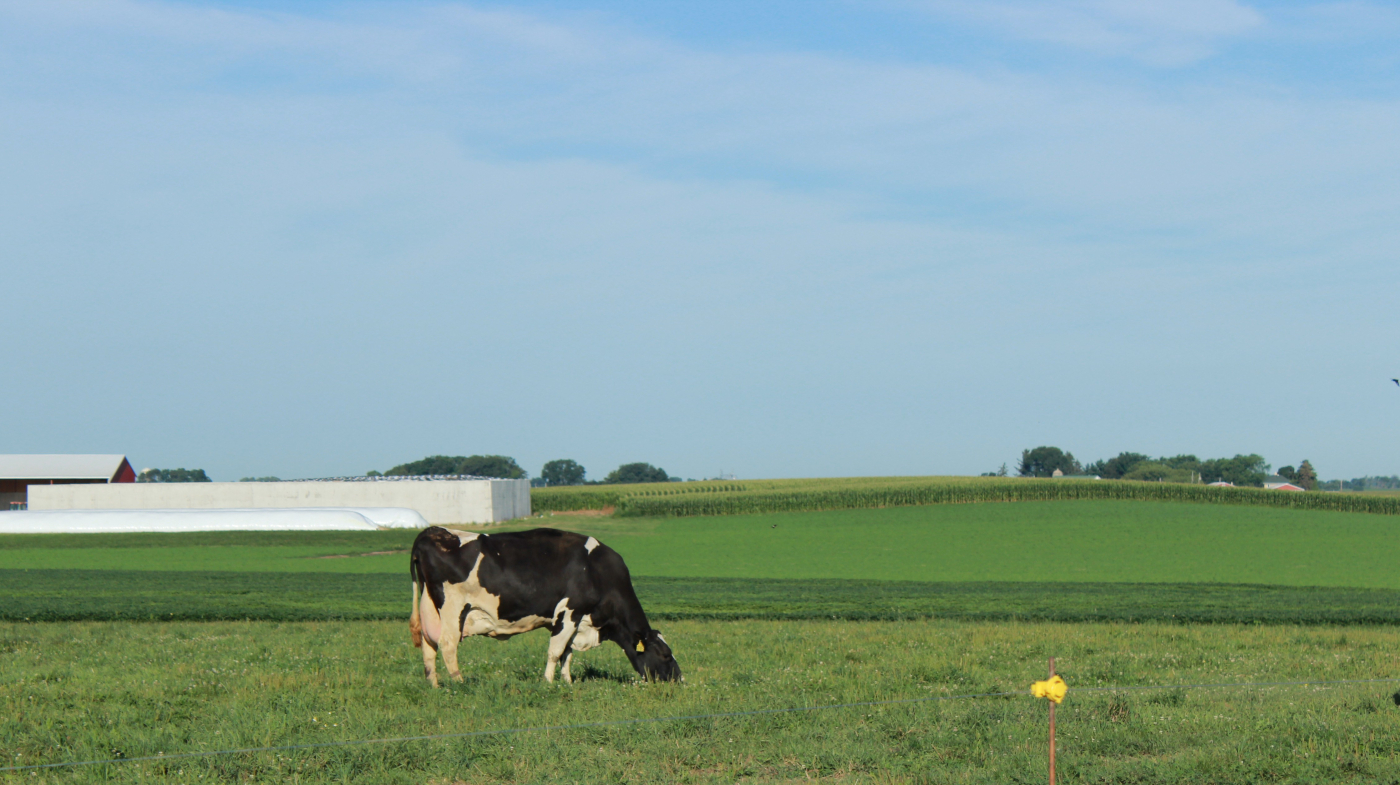
How cows digest their food ?
Cows are pretty fantastic. They turn things that humans can’t digest like grass and hay into delicious and nutritious milk. How they do it is even more incredible. Cows have one stomach with four parts, all designed to break down grasses, hays and silages and digest proteins from grains.
Rumen – This part of the stomach is where the feed goes to first and it’s the largest part of the stomach system. The rumen has complex microorganisms that help break down plant fibers so the cow can use the nutrients. The rumen works with the reticulum to make sure fibrous feed is broken down. If the rumen becomes too acidic due to too much grain intake, cows can become very ill. This is why the majority of the cow’s diet comes from corn silage and haylage.
Reticulum – This compartment is attached to the rumen and acts as a storage area before passing feed to the omasum or for regurgitation. The softened feed that is regurgitated and mixed with saliva is called cud. The cud is regurgitated by the cow and chewed over and over again and then re-enters the rumen for more digesting. This process repeats itself until feed is broken down into smaller bits.
Omasum – The omasum is where the water that is in the feed particles is absorbed. This is also where electrolytes like potassium and sodium are absorbed.
Abomasum – Here is where final digestion occurs. The abomasum is most similar to a human stomach and has a pH of about 2 to 3. Protein from both feedstuff and rumen microbes are digested here.
Cows at both of our dairies are fed a mixture of feedstuff called a TMR or total mixed ration. This includes haylage, corn silage, cottonseed and corn grain. These are all mixed together so every bite the cow takes is the same. This reduces the risk of health problems. Quality feed is what sustains health and milk production in cows.